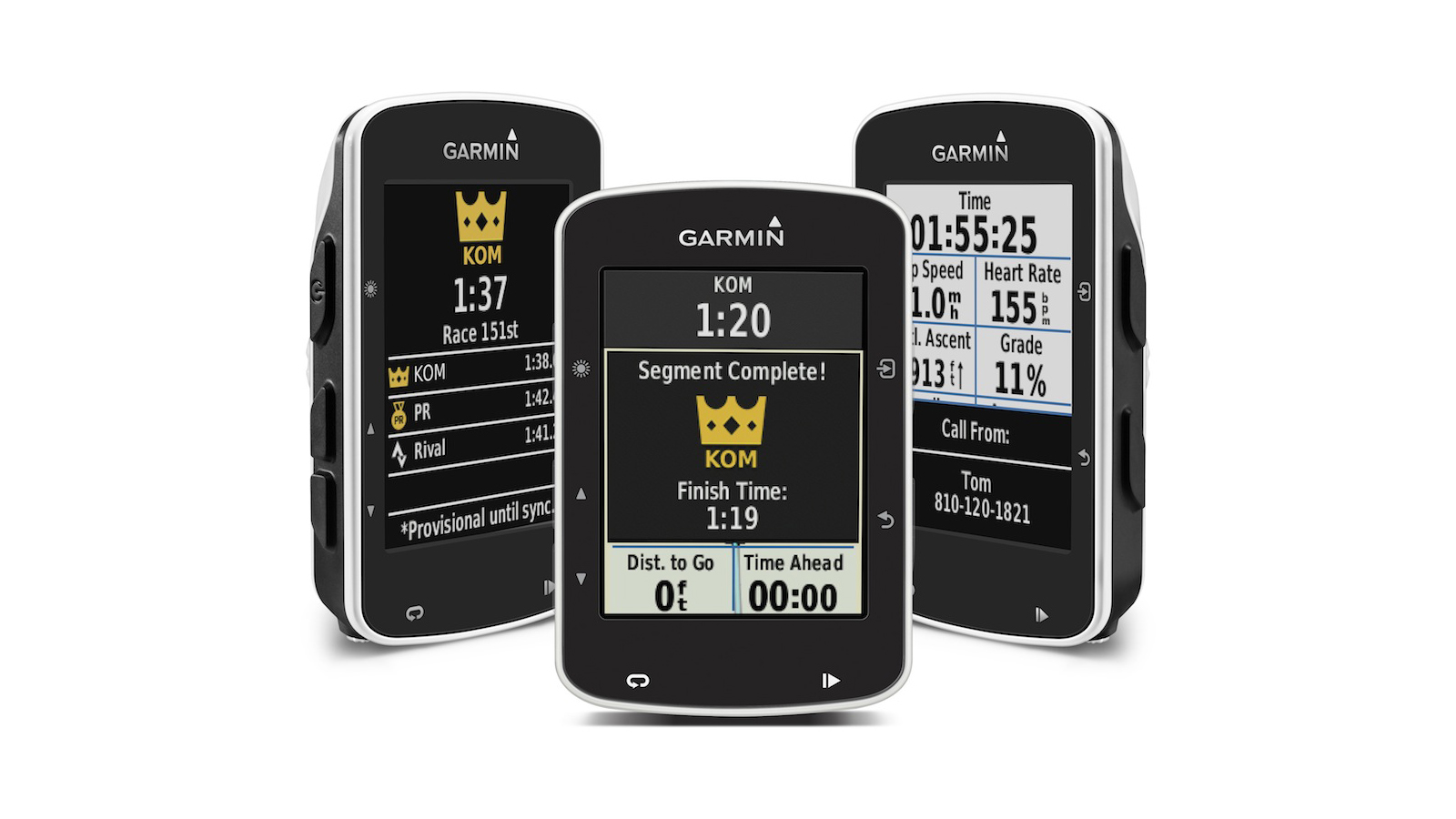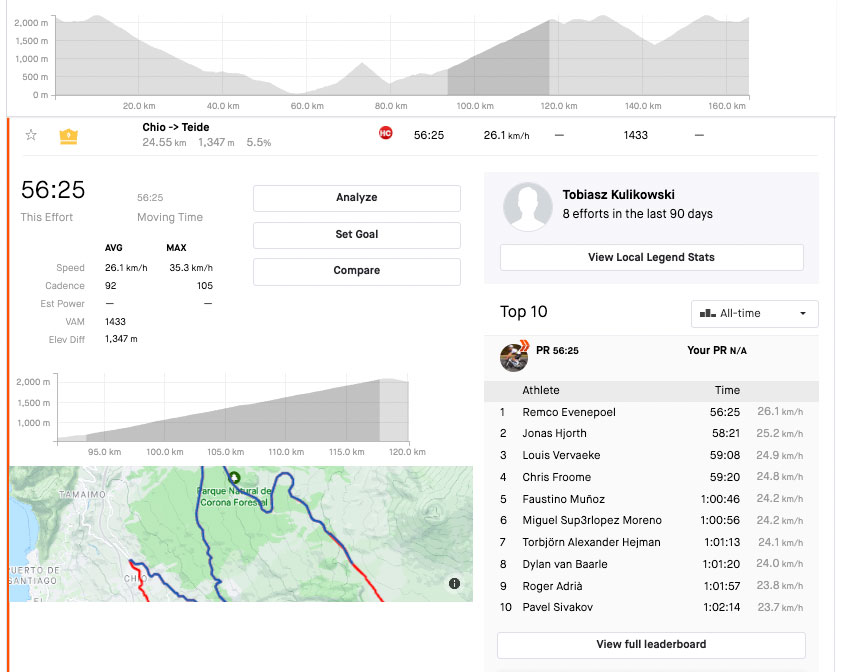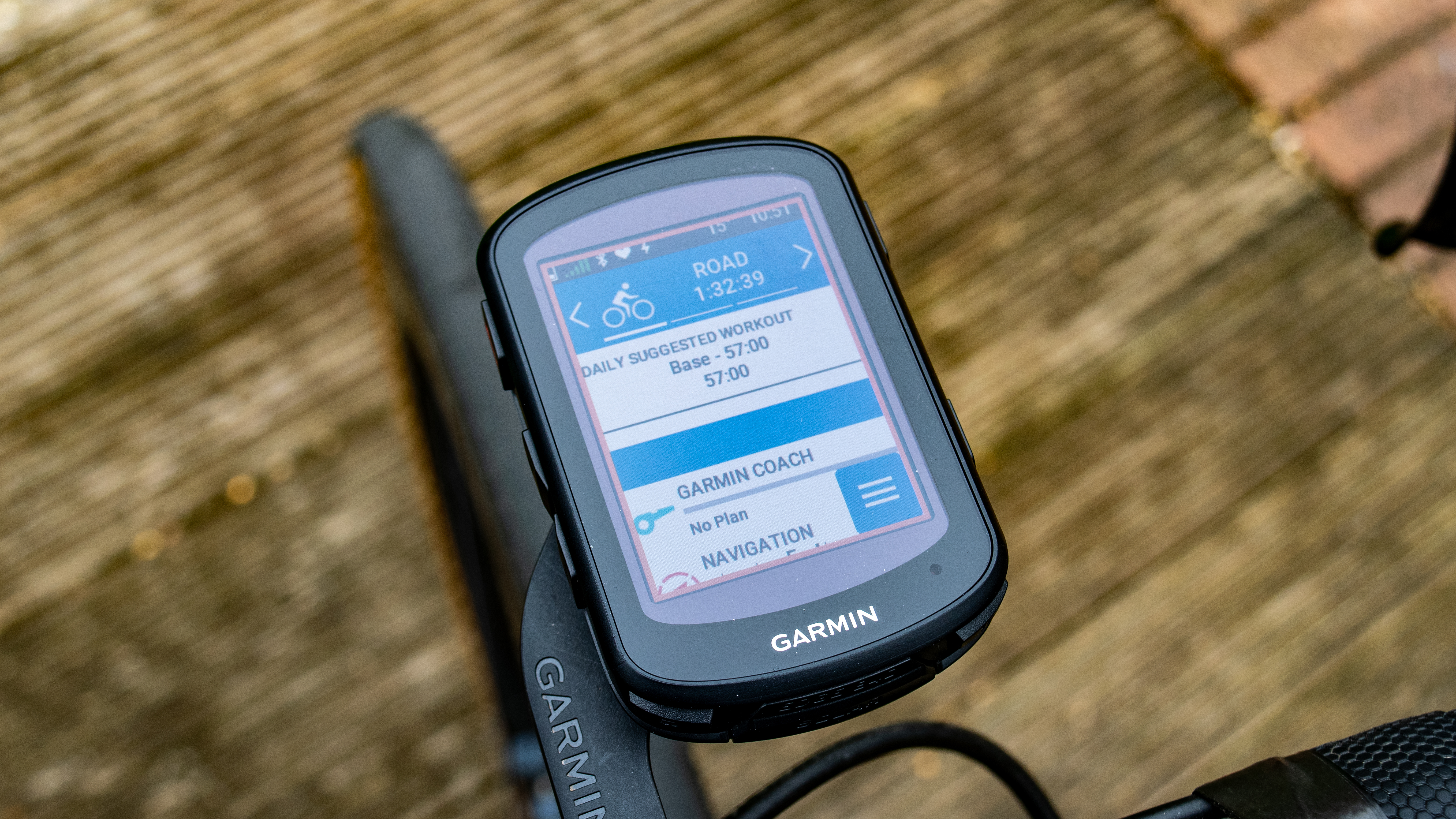Strava sues Garmin, demands it stops selling nearly every device - Here's why
Strava demands Garmin stops selling devices immediately

In a surprising move, as first reported by DC Rainmaker, the global fitness platform/activity-based social media app, Strava, is suing hardware giant Garmin over its use of segments and heatmaps on the Garmin Connect platform.
In addition, it is demanding that Garmin ceases selling all devices that contribute to heatmaps and use the segments on Garmin Connect, which effectively amounts to all of Garmin’s fitness watches and more or less all of its bike computers.
There’s a lot of quite dry patent information to digest, so for the sake of your attention, I’m going to break it down into what Strava is claiming Garmin is infringing, why it’s doing it now (given that some of the patents are a decade old), and what it potentially means for both Garmin and Strava users.
Segments and heatmaps
Ultimately, this lawsuit boils down to, according to Strava, Garmin’s use of features on its own Garmin Connect platform that mirror patented features on Strava, specifically the segments that have become commonplace for so many cyclists and runners to the point of ubiquity, and the use of heatmaps (or ‘user preference maps’, in the patent documentation).
The heatmap patent doesn’t relate to the production of heatmaps themselves, as these are certainly not a new thing at all, but rather the Strava patent from 2016 is based around the use of these user preference maps to aid route creation; basically a system whereby Strava will preferentially send your route trace down a road or trail that’s more often used by other Strava users. Strava is asserting that Garmin has not only copied this feature on its Connect platform, but also integrated it into its devices.
Strava first used them in 2013 for its ‘personal heatmaps’ feature, and only showed you your own activity heatmaps. Garmin Connect was also using heatmaps in 2013.

Regarding the use of segments, Strava has held a patent for the feature since 2015, initially filed in 2011, though they existed way back in 2009. Curiously, though, considering the lawsuit, segments have been something that Strava has worked closely with Garmin on for years up until now. Until the advent of Wahoo as a major player, Garmin bike computers were basically the only option to the point that ‘a Garmin’ became to bike computers what ‘a Hoover’ became to vacuum cleaners.
The latest race content, interviews, features, reviews and expert buying guides, direct to your inbox!
Garmin introduced its own segments in 2014, leveraging its then-new Edge 1000 bike computer, before expanding it to the rest of the range shortly after. These operated identically, with leaderboard functionality and even live segment tracking, but ultimately, as the leaderboards were limited to Garmin users, rather than everyone, the vast majority of users preferred to use (and still prefer to use) Strava segments, despite them now being a premium feature.
As such, in 2015 Garmin signed an agreement with Strava to bring Strava Live Segment functionality to its devices, with part of this Master Cooperation Agreement, according to DC Rainmaker, being that Garmin doesn’t show its segments concurrently with Strava's, and effectively cease the development and promotion of its own segment system, something which Strava argues it hasn’t done.

Why now, and what does it mean for Strava and Garmin users?
While the two companies have worked closely together for years, Strava's popularity would no doubt be hampered without the functionality and data provided by Garmin’s devices (though less so nowadays at least). Strava, for its part, gives customers an incentive to purchase the hardware to utilise - or even compete in - the Strava ecosystem, as well as a landing page for all users' data.
Strava has for years had an attribution system in place whereby any use of Strava data on another platform (via the use of what’s known as an API) requires a clear label to denote it as such. Garmin, it is reported, was not happy about its data being used by Strava to train AI for the AI-generated insights, as Garmin had no real say in the user experience here despite being the original data source. Strava, for its own part, prohibits downstream partners from using data for AI training.
In July of this year, Garmin updated its own attribution guidelines that would require that Strava add labels to insights such as ‘This chart was created using data provided by Garmin’, and the like, which Strava has pushed back against.
A statement published on Reddit from Strava’s chief product officer contained the following explanation:
“On July 1st, Garmin announced new developer guidelines for all of its API partners, including Strava, that required the Garmin logo to be present on every single activity post, screen, graph, image, sharing card etc. We have until November 1st to comply, and if not, Garmin has threatened to cut off access to their API, stopping all Garmin activities from being uploaded to Strava.”
This, Strava argues, is ‘blatant advertising’, and argues that the data is ‘yours’ (i.e. the user's), and as such, you should be free to use your data on multiple platforms and free from having advertising attached to it. However, it is worth noting that Strava removed much of Trailforks' integration last year due to it not complying with Strava’s API demands; in this case, Strava saw the data as Strava’s, not the individual's.

Garmin, for its part, has remained tight-lipped, offering a simple comment:
“We don’t have anything additional to share as Garmin generally does not comment on pending litigation.”
So, as for what this means for users, it remains something of a mystery for now. Given the close cooperation of the two brands over the years, it seems like the doomsday clock of the two systems suddenly becoming incompatible isn't close to midnight yet, given this comment from Strava:
“Our lawsuit is between two companies; we do not intend to take any actions that would disrupt the ability of Garmin users to sync their data with Strava, and hope Garmin values our shared users in the same way.”
Small comfort, then. Hopefully for all concerned, this is worked out behind the scenes without any loss of functionality for either party, though it is entirely possible that if Strava refuses to comply with Garmin’s attribution requirements, then it could switch off its API that allows Strava to pull data from Garmin.
The following is purely speculative, but is useful for added context: Garmin has recently launched its own Connect+, subscription-based model, which Strava may see as treading on its toes and may have had some bearing on proceedings. Strava has also recently appointed a new CEO, and is due to launch an IPO shortly which may also play into things, though how suing one of your closest partners helps this last point I'm really not sure.

Will joined the Cyclingnews team as a reviews writer in 2022, having previously written for Cyclist, BikeRadar and Advntr. He’s tried his hand at most cycling disciplines, from the standard mix of road, gravel, and mountain bike, to the more unusual like bike polo and tracklocross. He’s made his own bike frames, covered tech news from the biggest races on the planet, and published countless premium galleries thanks to his excellent photographic eye. Also, given he doesn’t ever ride indoors he’s become a real expert on foul-weather riding gear. His collection of bikes is a real smorgasbord, with everything from vintage-style steel tourers through to superlight flat bar hill climb machines.
You must confirm your public display name before commenting
Please logout and then login again, you will then be prompted to enter your display name.
